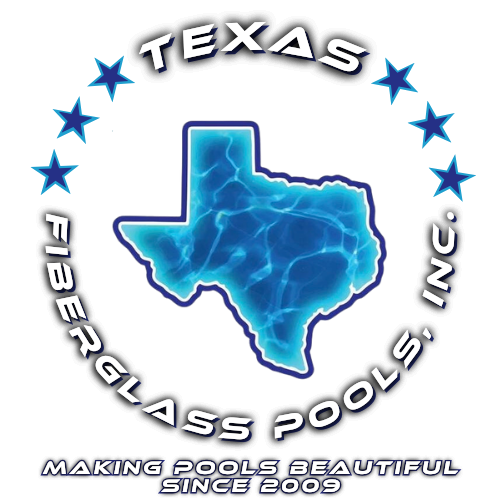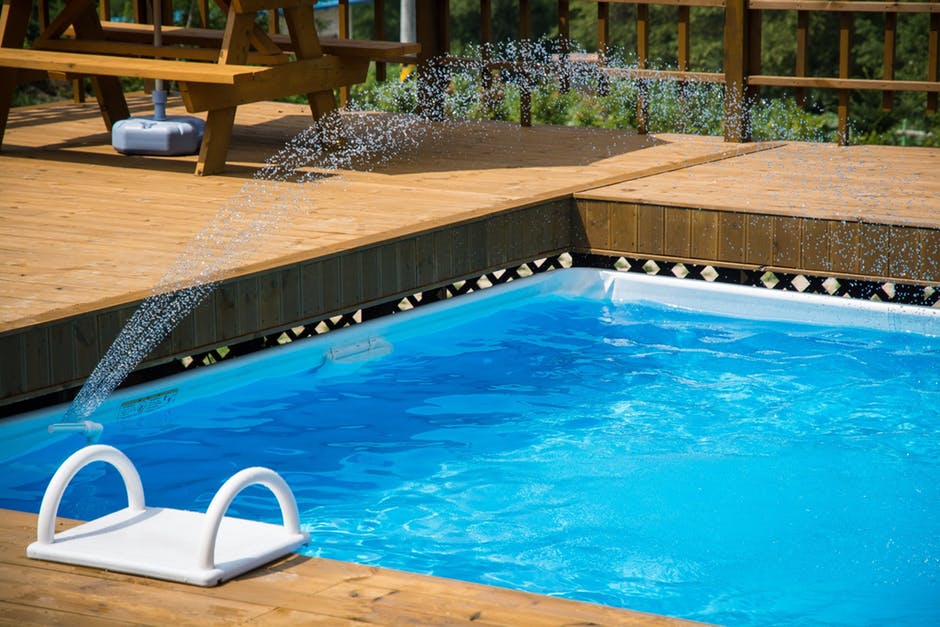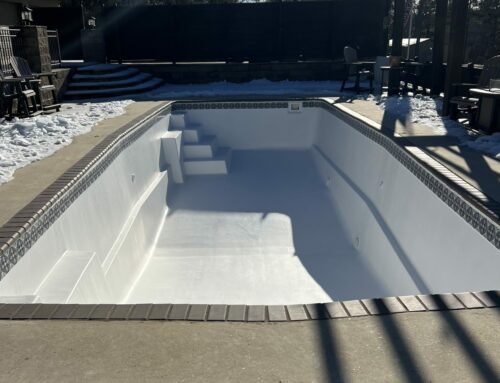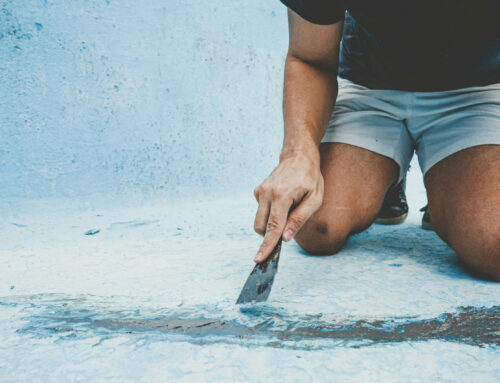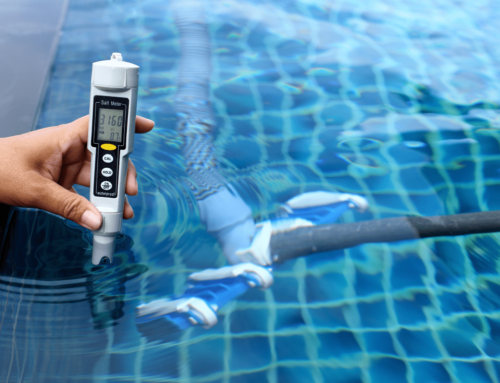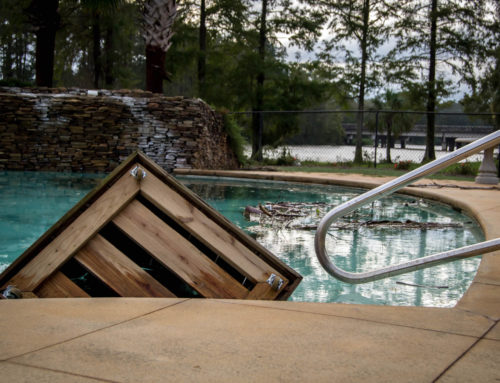Swimming is the most popular recreational activity for adults and kids in the US. Despite the many pool problems, it is the fourth most popular sport in the US after walking and exercising. In the US, there are 10.4 million residential swimming pools and 309,000 public swimming pools.
This number is growing annually. Today, home builders are going for fiberglass pools. Why? It’s the best choice for them compared to a concrete pool.
For starters, they are indestructible. They are low to maintain and they have a smooth surface making it hard for algae to cling on.
Despite their indestructibility, they are susceptible to problems.
In this post, we highlight 5 most common fiberglass pool problems and how to fix them.
1. Color Fading
When shopping for fiberglass pools, you will come across models with sparkling colors. Unlike in the past when you had the option of white or blue, now you have a wide range of colors. Problem is, continued use of the pool and lack of proper maintenance fades the color.
Best fix
There are two fiberglass pool repair solutions for color fading or color mix match. The first option is to apply a solid surface finish. Applying many layers overlapping each other allows you to achieve the color you want.
The other option is to hire a professional contractor.
2. Cracks
The most common cracks on fiberglass pools are structural and spider cracks. Structural cracks occur during installation when your pool is delivered. As the loader backs close to the excavated hole, you may hit something.
For spider cracks, they occur due to rough handling when loading or unloading the pool. Unlike structural cracks, spider cracks do not damage the fiberglass structure.
Best fix:
Want to fix these pool problems? For spider cracks, buff and sand the gel coat to smooth. You also have the option of reapplying the gel coat.
When it comes to structural cracks, buy another fiberglass pool.
3. Metal Staining
Water contains minerals such as copper and iron. Although they are minute quantities, they can stain your fiberglass pool. The metal stains appear like circular shapes.
They are darker than other parts of the fiberglass pool. If you notice glistening colors fading or looking dull, then you have metal staining.
Best fix
You can add a metal removing product recommended by your pool contractor. This product prevents the metals from building up.
What you need to know is that the metal remover has Vitamin C or ascorbic acid. As such, it’s effective in removing pool problems such as metal stains.
4. Plumbing Settling
During the installation of your pool, if you opt for sand as your backfill material, it will result in plumbing settling. In this case, the backfill material settles taking the plumbing system with it. The reason why this happens is that sand as a backfill material cannot compact well.
If saturated with water, it liquifies.
Best fix:
The solution for plumbing settling is using gravel and sand as backfill material. Gravel and sand create strong backfill materials that compact upon placement.
5. Bulging Pool Walls
Although this is a fiberglass pool problem, it’s not that common. The cause of bulging walls is the backfill material. What you need to know is that the installation of many pools has gone smoothly when the backfill material is sand.
If your area has a high water table, this could be a problem. The water liquifies the sand making it heavier. If the walls are not strong, they will bulge.
Best fix:
Use gravel together with sand as backfill material. This performs better as it compacts upon placement.
Fixing Fiberglass Pool Problems for an Enhanced Experience
Want to enjoy your fiberglass pool free of all pool problems? Scrutinize the pool to find out if it has any spider and structural cracks. During installation, make sure you use gravel and sand as backfill material.
To ensure the professional installation of your fiberglass pool, hire an experienced contractor.
Are you in search of pool specialists to repair or remodel your pool with fiberglass pools? We at Texas Fiberglass Pools can help. Contact us today!

